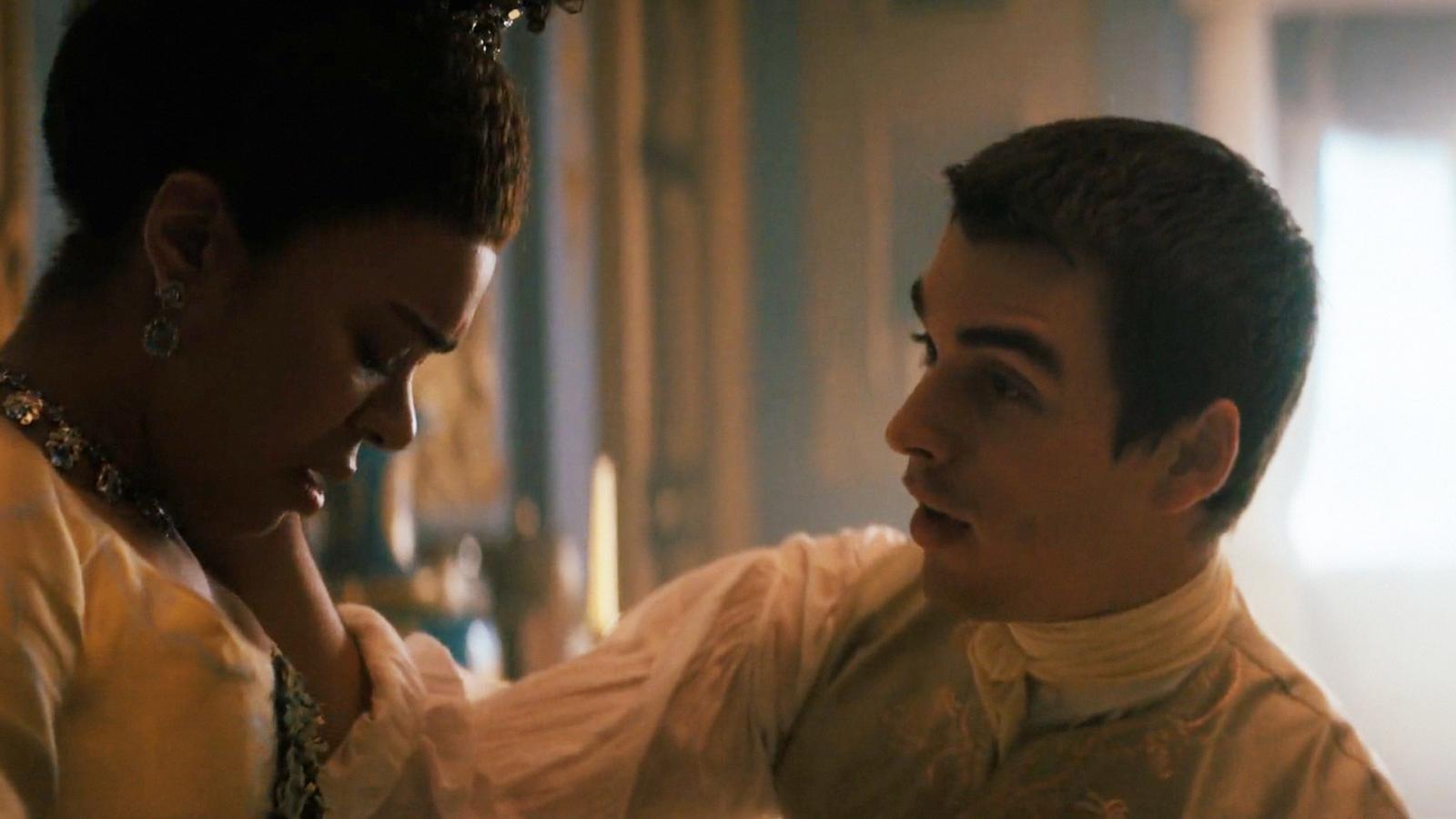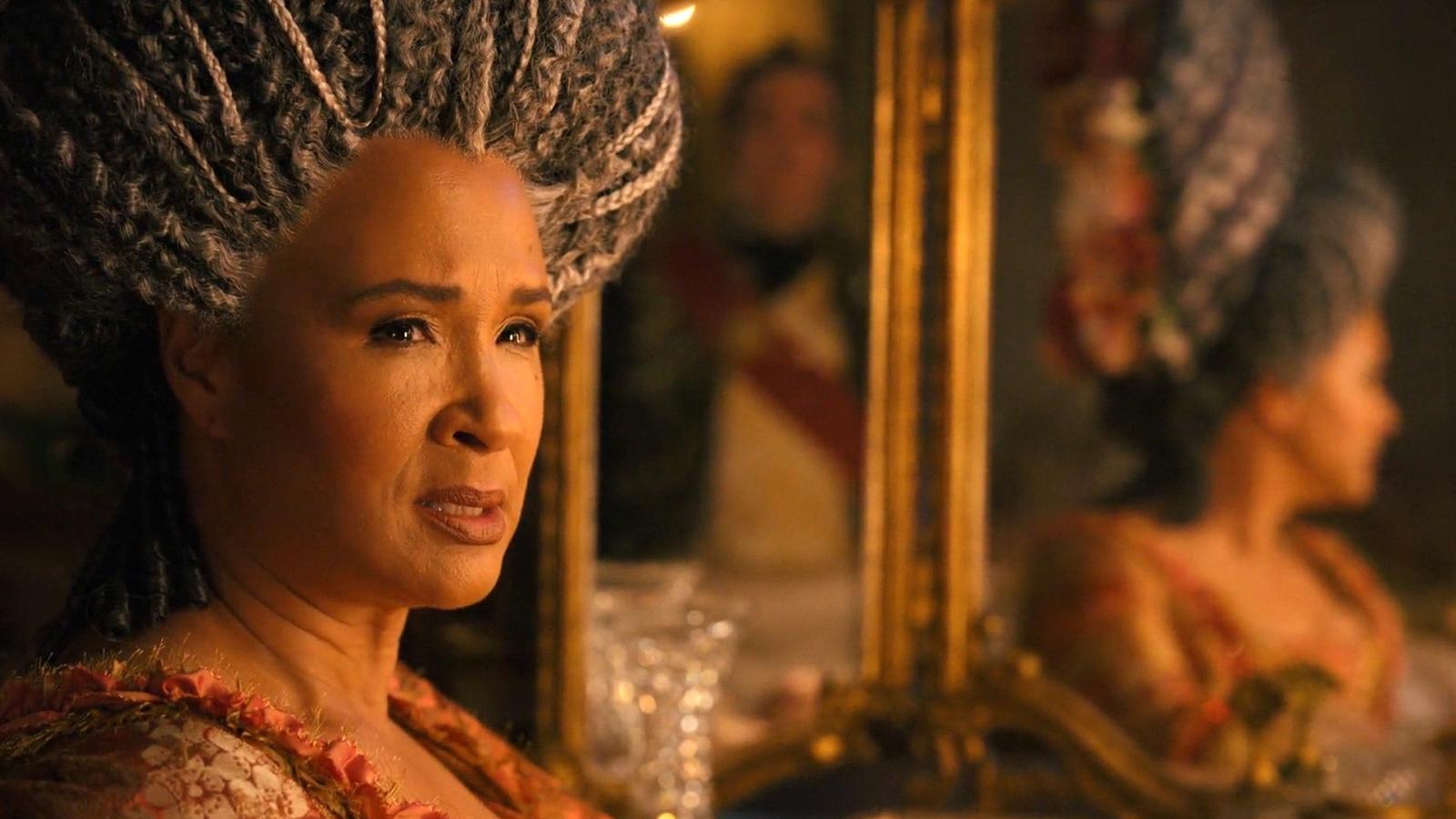Queen Charlotte and King George III Family Tree Explained

For any fans of Bridgerton and its recently released prequel Queen Charlotte, you'll already be mildly familiar with the real-life story of Queen Charlotte and King George III.
Although the main series mainly focuses on the affairs of the fictional Bridgerton family during London's Regency era, and the prequel takes many liberties with the historical accuracy of its plot, there are references to some of the genuine aristocracy of the time, including the Royal family.
Here is the real history of Queen Charlotte and King George III and a brief explanation of their family tree with some surprising facts.
Who were Queen Charlotte and King George?
Charlotte of Mecklenburg-Strelitz, or simply Queen Charlotte as she became known, was the wife of King George III of Great Britain and Ireland and the longest reigning queen consort Britain has ever seen. Although she was born to a German royal family, at 17 years old, she married King George, and they stayed together for 57 years. They must have liked each other well enough, as they had 15 children together, which was considered a lot even for those days.
Unfortunately, all did not end so happily for the couple. Between the stresses of royal life and the death of two of their children, times became difficult. Especially after George developed an unknown mental illness which was never cured. Eventually, their son, George IV, took the throne, yet the continuing succession of the British throne was no easy matter.

Charlotte and George's descendants
Considering the number of children they had together, it's not surprising that their lineage persisted. However, it was a more strained issue than you may initially expect. Of their 13 surviving children (2 died prematurely), many struggled to produce a legitimate heir. After George IV and his brother William IV's death, only several of Charlotte and George's grandchildren remained. The heir next in line for the throne however, became one of Britain's most established monarchs the nation has ever known.
Parents: George III & Queen Charlotte
-
George IV married Caroline of Brunswick (1 daughter)
-
Princess Charlotte of Wales [died during childbirth]
-
-
Frederick Duke of York and Albany married Frederica Charlotte of Prussia
-
William IV married Adelaide of Saxe-Meiningen (2 daughters)
-
Charlotte of Clarence [died in infancy]
-
Elizabeth of Clarence [died in infancy]
-
-
Charlotte Princess Royal married Frederick I King of Württemberg
-
Edward Duke of Kent and Strathearn married Victoria of Saxe-Coburg-Saalfeld (1 daughter)
-
Victoria Queen of Britain & Empress of India
-
-
Augusta Sophia (never married)
-
Princess Elizabeth married Frederick VI Landgrave of Hesse-Homburg
-
Ernest Augustus King of Hanover married Frederica of Mecklenburg-Strelitz (1 son)
-
George V
-
-
Augustus Frederick Duke of Sussex (never married)
-
Adolphus Duke of Cambridge married Augusta of Hesse-Kassel (3 children)
-
George Duke of Cambridge
-
Augusta of Cambridge
-
Mary Adelaide of Cambridge
-
-
Princess Mary married William Frederick Duke of Gloucester and Edinburgh
-
Princess Sophia (never married)
-
Prince Octavius [died in childhood]
-
Prince Alfred [died in childhood]
-
Princess Amelia (never married)

Their ongoing legacy
Possibly the most interesting aspect of the monarch's family tree is the unlikely offshoot which made Victoria Queen. Of all of George and Charlotte's children, only 4 produced heirs that survived until adulthood.
Technically, the next monarch should have been Princess Charlotte, who married Frederick I, King of Württemberg. But, unfortunately, she and her child died during childbirth, ending that particular branch of the tree. Had the crown not then passed to a young Victoria, who is to say if many of the critical events that happened over her reign would have still occurred.
During the 63 years she was Queen, Victoria saw the continuation of Britain's industrial revolution. Additionally, slavery was fully abolished under her rule, the Great Railway began construction, and revisions in public health, law, and education occurred.
What's more, Victoria and Albert's unique connection to the many ruling monarchs throughout Europe, particularly in Germany and Russia, was pivotal at the time. In some ways, it linked directly to the events which started the First Great World War. All beginning with Charlotte and George themselves.